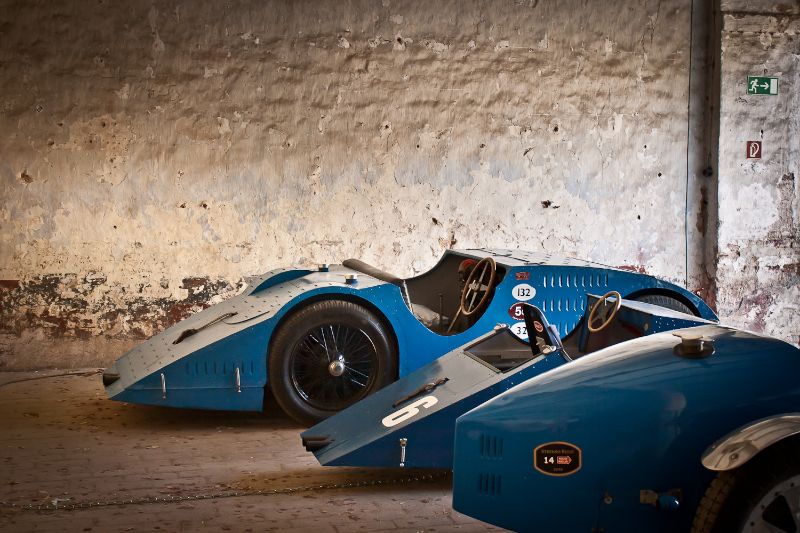Ugly Grand Prix Cars
by Robert W. Butsch
The debut of the Lotus 49 awakened in me the realization that racing cars could be beautiful in an aesthetic way, quite apart from their qualities as machines. There are real elements of an art form in many cars, although art was not their builders’ goal. Prior to the 49 I understood that cars could have pleasant appearances. But Chapman’s original, pure 1967 creation with the absolutely perfect proportion of tire, engine and body; the exquisite clash at 3/4 body length of the graceful, minimalist cockpit-nose with the gleaming, faceted complexity of the Cosworth and rear suspension; the rakish termination of the dainty exhaust pipes; the simultaneous visual suggestions of great fragility and indomitable authority; transcended the mechanical world and passed into the universe of classic beauty. Alas, it is often characteristic of the beautiful that it is ephemeral. The ’67 Lotus 49 lived less than a year.
No Subscription? You’re missing out
Get immediate ad-free access to all our premium content.
Get Started



